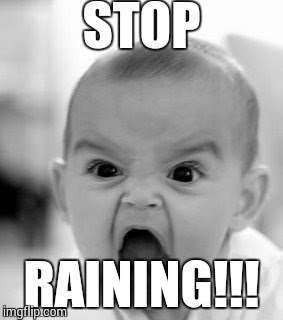I knew that I needed to step up my game and be more aware and thoughtful in my reactions: soft, consistant and proactive instead of reactive.
There were many videos I found helpful, but specifically the December 2014 video titled "Walk canter walk transitions" left me wanting to run out to the backyard and start practicing.
First, the concept of preparing the walk (or trot in my case) to the point where you do not have to push for the canter. This involves creating an active walk that is engaged and capable of doing what ever you ask such as half pass, or shoulders in, extend or shorten. Once your horse is in this actively engaged place, the canter transition will be more physically and mentally possible without running into it or flailing - both of which is my current state of affairs.
Karen talks about the balancing act of creating enough energy for the horse to physically be able to move into the canter, yet relaxed enough to be soft, using the correct muscles and not getting stiff or rushing.
I have ridden three times this week focusing on not just getting a canter, but spending a bit more time on thinking about the quality of each gait and playing around with my position and seeing how it affects Savvy's way of going and attitude.
 |
| What I usually do - the ever popular lean/grab/chase maneuver |
In my playing around I found some facinating things that would happen. First, when I would sit up tall and specifically look at a point ahead of us rather than down at her (um, yes like we all know we are supposed to...), Savvy seemed to have an easier time with difficult tasks like shoulder in. I am not quite sure at this point if it is a result of me consentrating more on my body thus resulting in a better ask, or if her usual 'not quite right' just simply looked a bit better out of my peripheral vision...
 |
| What Savvy sometimes thinks of the idea. |
Third, I found when I opened my hands a bit wider and higher and paid attention to keeping a following contact no matter where her head moved, Savvy was much more willing to reach into the bit and stretch over her top line. This resulted in a longer stride and a general feeling of more relaxation.
So then for canter, I tried so, so hard to keep myself unchanged in the ask. This is so hard for me. I want to tighten the reins, lean forward and chase - ugh.
After about three attempts, staying quiet and regrouping, I had the best canter depart from Savvy she has ever given.
Don't you love it when training advice works?


























